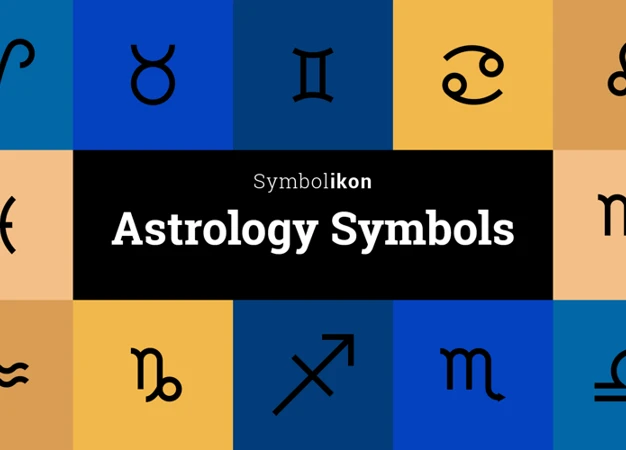Contents
- The Ancient Origins
- Planetary Symbols in Medieval Astrology
- Modern Interpretations
- Interpreting Planetary Symbols
- Conclusion
-
Frequently Asked Questions
- 1. What is astrology?
- 2. When did astrology first originate?
- 3. What are planetary symbols in astrology?
- 4. How were planetary symbols developed?
- 5. What do the planetary symbols represent?
- 6. Can planetary symbols be found in other cultures and traditions?
- 7. How are planetary symbols used in astrological readings?
- 8. Are there any hidden meanings behind the planetary symbols?
- 9. Can planetary symbols change over time?
- 10. How can I learn more about the meanings of planetary symbols?
- References
-
Frequently Asked Questions
- What is the significance of planetary symbols in astrology?
- How were the planetary symbols developed?
- What was the role of Mesopotamia in developing planetary symbols?
- Who introduced the concept of astrology to the Greeks?
- What influenced the development of planetary symbols in medieval astrology?
- How did astrology symbols find their way into Western astrology?
- What are planetary attributes and how are they connected to symbols?
- Why are planetary symbols important for interpreting astrological charts?
- Can planetary symbols have different interpretations in astrology?
- How can one learn to interpret planetary symbols in astrology?
- References
- Read More
The Ancient Origins
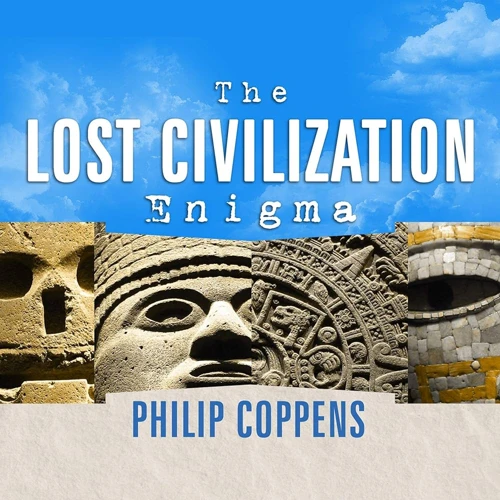
Planetary Symbols in Medieval Astrology
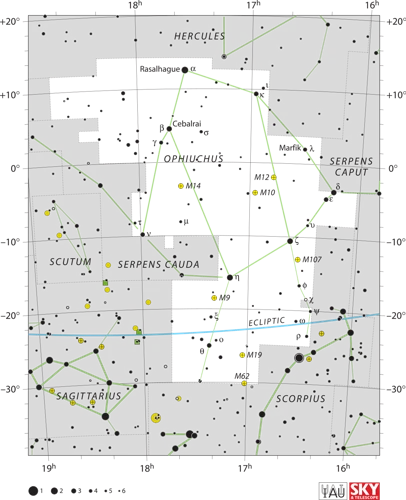
Modern Interpretations
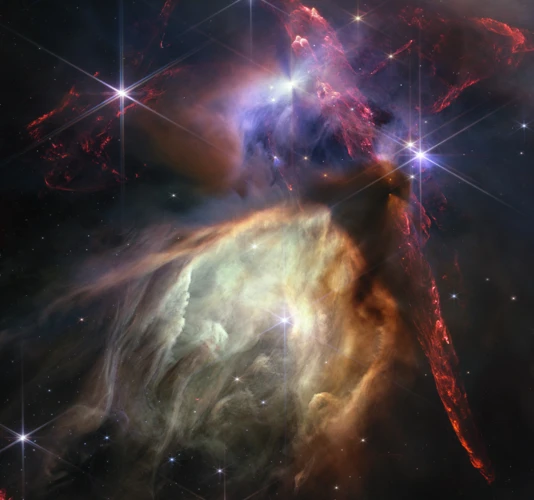
Interpreting Planetary Symbols
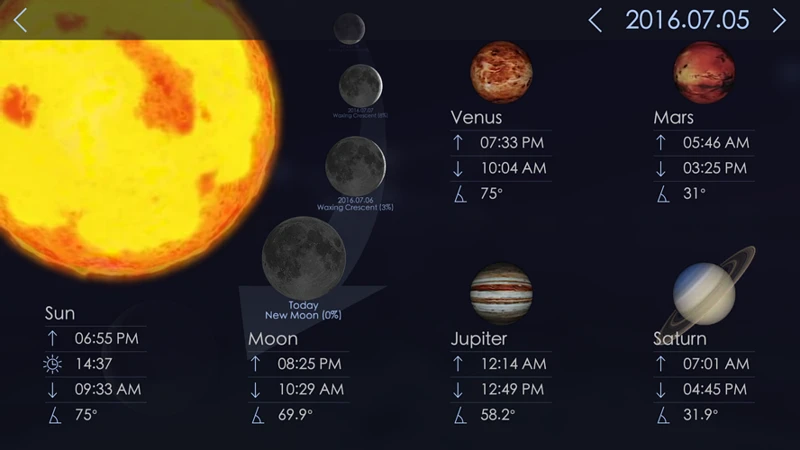
Conclusion

Frequently Asked Questions

1. What is astrology?
Astrology is a system of divination that seeks to understand the influence of celestial bodies, such as the planets and stars, on human behavior and events. It involves analyzing the positions and movements of these celestial bodies to interpret their significance and make predictions.
2. When did astrology first originate?
Astrology has ancient origins and can be traced back to the early civilizations of Mesopotamia, around 4,000 BCE. It was further developed and refined by the Greeks during the Hellenistic period.
3. What are planetary symbols in astrology?
Planetary symbols are graphical representations used in astrology to represent the planets. Each planet has its own distinct symbol, which is often used in horoscopes and birth charts to denote their positions and influences.
4. How were planetary symbols developed?
The development of planetary symbols can be attributed to various ancient cultures and their interpretations of the celestial bodies. The Greeks, in particular, played a significant role in shaping the symbols we use today, incorporating elements from Egyptian and Persian astrology.
5. What do the planetary symbols represent?
The planetary symbols are symbolic representations of the planets’ mythological associations, characteristics, and attributes. They help astrologers identify and analyze the planetary influences in a birth chart, providing insights into different aspects of a person’s life and personality.
6. Can planetary symbols be found in other cultures and traditions?
Yes, variations of planetary symbols can be found in different cultures and traditions around the world. For example, Arabic and Persian astrology have their own unique symbols for the planets, influenced by their respective mythologies and astrological practices.
7. How are planetary symbols used in astrological readings?
Astrologers use planetary symbols to represent the positions of the planets in a birth chart or horoscope. They analyze the relationships and aspects between the planets to interpret their influences on various areas of life, such as personality traits, career, relationships, and more.
While the planetary symbols may seem simple at first glance, they hold deeper meanings associated with the mythology and attributes of the planets. Understanding these hidden meanings can provide additional insight into the symbolism and interpretations of each planet.
9. Can planetary symbols change over time?
The basic forms of planetary symbols have remained relatively consistent over time, but slight variations may exist due to cultural influences and personal interpretations. However, the core symbolism and associations of the planets have remained relatively constant in Western astrology.
10. How can I learn more about the meanings of planetary symbols?
To delve deeper into the meanings of planetary symbols, it is helpful to study the mythological stories and attributes associated with each planet. Exploring astrology resources, books, and online references can provide a wealth of knowledge on this fascinating subject.
References
- Planetary Symbolism in the Horoscope
- When The Babylonians Invented The Horoscope
- Birth Charts 101: Understanding the Planets and Their …
Frequently Asked Questions

What is the significance of planetary symbols in astrology?
Planetary symbols play a crucial role in astrology as they represent the different celestial bodies and their energies. These symbols are used to interpret the movement and influence of the planets on an individual’s life and personality.
How were the planetary symbols developed?
The origins of planetary symbols can be traced back to ancient civilizations like Mesopotamia and Greece, who assigned specific symbols to represent the celestial bodies. These symbols were often inspired by the visual characteristics or mythological associations of each planet.
What was the role of Mesopotamia in developing planetary symbols?
Mesopotamia, the cradle of civilization, played a significant role in developing the foundational concepts of astrology, including the use of planetary symbols. The ancient Mesopotamians assigned unique symbols to represent the planets based on their observations of the night sky.
Who introduced the concept of astrology to the Greeks?
The Greeks were introduced to the concepts of astrology by the ancient Mesopotamians. They adopted and adapted the Mesopotamian astrological practices, including the use of planetary symbols, into their own Hellenistic astrology.
What influenced the development of planetary symbols in medieval astrology?
The development of planetary symbols in medieval astrology was influenced by the Arabic and Persian astrological traditions. These cultures contributed their own interpretations of planetary symbolism and incorporated them into the existing astrological practices.
How did astrology symbols find their way into Western astrology?
Astrological symbols, including planetary symbols, found their way into Western astrology through the transmission of knowledge and cultural exchange. As astrology spread across different regions, astrologers incorporated symbols from various traditions into their practice.
What are planetary attributes and how are they connected to symbols?
Planetary attributes refer to the specific characteristics and energies associated with each planet. The planetary symbols are deeply connected to these attributes and serve as visual representations of the unique qualities that each celestial body embodies.
Why are planetary symbols important for interpreting astrological charts?
Planetary symbols are important for interpreting astrological charts because they indicate the positions and relationships of the planets at the time of a person’s birth or a significant event. These symbols provide astrologers with essential clues to decipher the influences and potential outcomes related to those celestial bodies.
Can planetary symbols have different interpretations in astrology?
Yes, planetary symbols can have different interpretations in astrology. The meanings assigned to these symbols can vary depending on the astrological tradition or the individual astrologer’s perspective. However, there are common associations that have been established over time.
How can one learn to interpret planetary symbols in astrology?
Learning to interpret planetary symbols in astrology requires study and practice. Aspiring astrologers can start by familiarizing themselves with the traditional meanings and associations of each symbol. They can then explore how these symbols interact with other elements in the birth chart to gain a deeper understanding of their significance.

